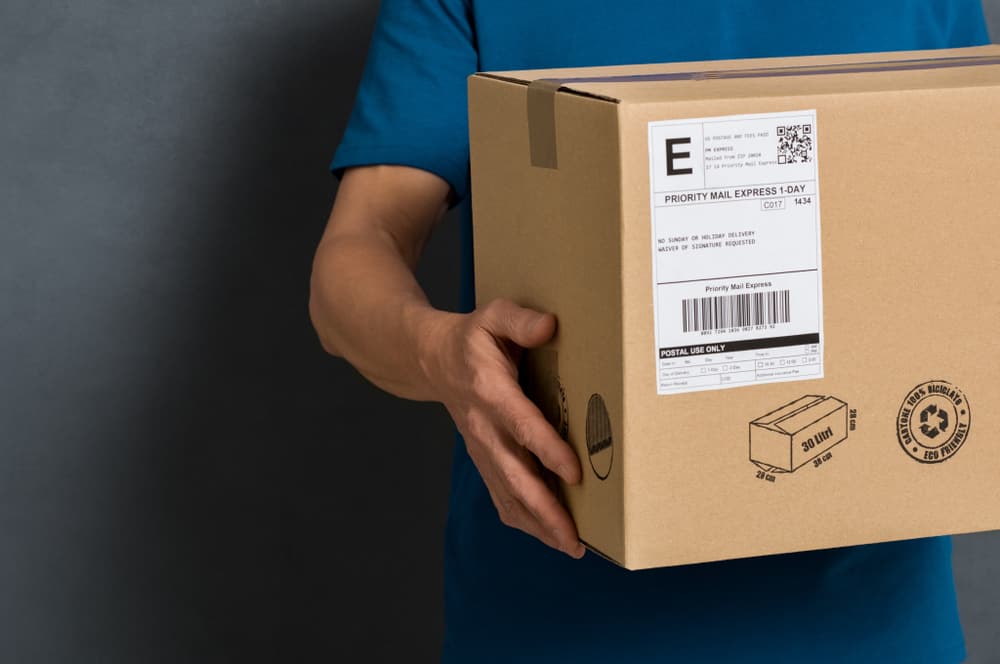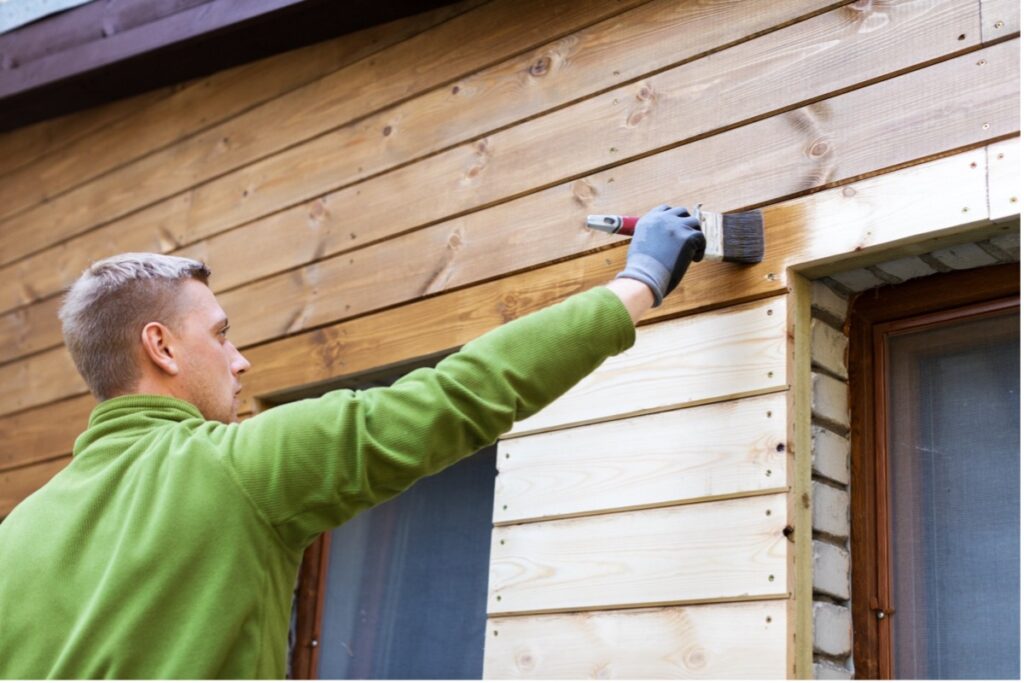Imagine this: a customer eagerly awaits their delivery, only to receive a damaged product due to inadequate packaging. This scenario not only results in immediate financial losses from returns and replacements but also tarnishes your brand’s reputation. According to a study by InTouch Quality, common shipping mistakes, including poor packaging, lead to product defects, costly returns, and unhappy customers .
Why Packaging Should Be a Strategic Priority
In the intricate web of logistics, packaging often takes a backseat to other operational concerns. However, strategic packaging is pivotal in ensuring product safety, compliance with regulations, and customer satisfaction. Neglecting this aspect can lead to increased costs, legal issues, and loss of customer trust.
Common Packaging Mistakes That Hurt Your Bottom Line
Inadequate Protection Leading to Product Damage
One of the most prevalent issues in shipping is insufficient protection, which results in product damage during transit. This not only incurs replacement costs but also affects customer loyalty. For a comprehensive guide on avoiding such pitfalls, refer to the article on Avoiding Packing Mistakes.
Non-Compliance with Shipping Regulations
Shipping regulations are stringent, and non-compliance can lead to hefty fines and shipment delays. For instance, international shipments often require adherence to ISPM 15 standards for wood packaging materials. Failure to comply can result in goods being held at customs or returned, leading to increased costs and customer dissatisfaction.
Inefficient Use of Space Increasing Freight Costs
Utilizing packaging that doesn’t optimize space can significantly increase freight costs. Overly large or irregularly shaped packages occupy more space, leading to higher shipping fees. Efficient packaging design is essential to maximize space utilization and reduce transportation expenses.
Environmental Negligence Affecting Brand Image
In today’s eco-conscious market, consumers are increasingly favoring brands that prioritize sustainability. Using non-recyclable or excessive packaging materials not only harms the environment but also negatively impacts your brand image. Implementing sustainable packaging solutions can enhance brand reputation and customer loyalty.
The Role of Custom Crate Solutions in Mitigating Risks
Tailored Designs for Specific Product Needs
Custom crate solutions offer tailored designs that cater to the specific dimensions and fragility of products. This ensures optimal protection during transit, reducing the risk of damage. For specialized services that address unique packaging requirements, explore Custom Crate Solutions.
Enhancing Durability and Security During Transit
Custom crates are constructed with materials and reinforcements that enhance durability and security. This is particularly crucial for heavy or fragile items that require additional protection against the rigors of transportation.
Compliance with International Shipping Standards
Custom crating solutions are designed to meet international shipping standards, ensuring smooth customs clearance and reducing the risk of shipment delays. This compliance is vital for businesses engaged in global trade.
Advantages of Wood Crate Packaging for Heavy and Fragile Items
Strength and Reliability of Wood Materials
Wooden crates offer unparalleled strength and reliability, making them ideal for transporting heavy and fragile items. Their robust construction withstands the stresses of shipping, providing superior protection. For more information on the benefits and options available, refer to Wood Crate Packaging.
Reusability and Sustainability Factors
Wooden crates are not only durable but also reusable, contributing to sustainability efforts. Their reusability reduces the need for single-use packaging, aligning with environmental conservation goals.
Cost-Effectiveness Over Time
While the initial investment in wooden crates may be higher, their durability and reusability make them cost-effective in the long run. They reduce the frequency of replacements and minimize product damage costs.
Case Studies – Businesses That Transformed Their Shipping Processes
Company A: Reduced Damage Rates by 40% with Custom Crates
Company A faced significant product damage during shipping, leading to increased costs and customer complaints. By implementing custom crate solutions tailored to their products, they achieved a 40% reduction in damage rates, enhancing customer satisfaction and reducing costs.
Company B: Achieved Compliance and Expanded Internationally
Company B struggled with international shipping regulations, resulting in delayed shipments and fines. By adopting packaging solutions compliant with international standards, they streamlined their shipping processes, reduced delays, and successfully expanded into new markets.
Company C: Enhanced Brand Reputation Through Sustainable Packaging
Company C aimed to improve its brand image by adopting sustainable packaging practices. By switching to reusable wooden crates, they not only reduced their environmental footprint but also attracted eco-conscious customers, boosting their market share.
Implementing Effective Packaging Strategies in Your Business
Assessing Your Current Packaging Processes
Begin by evaluating your existing packaging methods to identify areas of improvement. Consider factors such as material quality, design efficiency, and compliance with regulations.
Collaborating with Packaging Experts
Engage with packaging professionals who can provide insights and solutions tailored to your specific needs. Their expertise can help you develop packaging strategies that enhance protection, compliance, and cost-efficiency.
Continuous Monitoring and Improvement
Implement a system for ongoing assessment of your packaging processes. Regularly review performance metrics, customer feedback, and industry trends to make informed adjustments and improvements.
Investing in Packaging as a Business Strategy
Long-Term Savings and Customer Satisfaction
Investing in high-quality, compliant, and sustainable packaging solutions yields long-term financial benefits by reducing product damage, returns, and compliance-related costs. Moreover, it enhances customer satisfaction, fostering loyalty and repeat business.
Staying Ahead in a Competitive Market
In a competitive marketplace, strategic packaging serves as a differentiator. By prioritizing effective packaging solutions, businesses can improve operational efficiency, meet regulatory requirements, and appeal to environmentally conscious consumers, thereby gaining a competitive edge.





